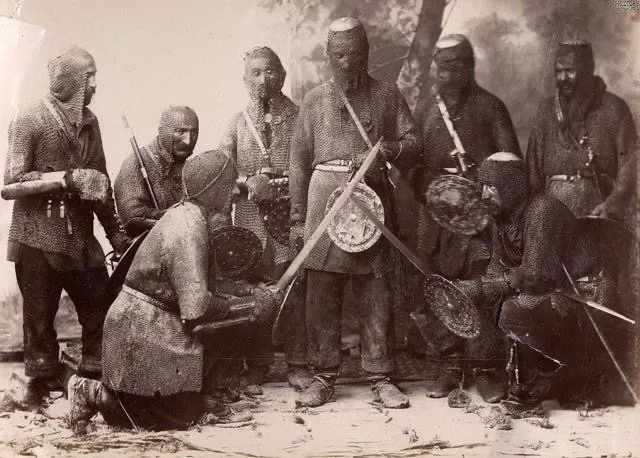
"Old World Arsenal, New World Intelligence"
Let’s talk about some research & development (R&D) this is near and dear to my heart as I’ve constantly watched and adapted to the battlefield since 2001. Part of this adaptation is the way gear/ weapons change, and the soldier mentality implements new solutions for old problems.
You see after WW1 we had a 21-year break and did some R&D then had WW2 and would have some R&D here and there with Korea and Vietnam in between then came the Cold War with the Nuclear arms race for an overall end result of the M.A.D. Agreement. (Mutually Assured Destruction). Not formally signed but an understood deterrent that if one country lets loose then they all let their arsenals loose.
Sure, the various militaries are always improving process and looking for new innovative methods but With the Global War on Terror popping off in the early 2000's it was undeniable to see the operations tempo ramp up dramatically, due to outside contractor resourcing and privatization of these militaries. As such, we have not stopped this R&D for the Warfighter process for over 24 years straight through. I say all this to share with you a history lesson if you will, an insightful glance at the past to see how we plan our path forward into the future.
PART I:
Let’s start at the second year of “The Great War” in 1915 when old regimes were being systematically collapsed as new rulers were taking control of the old world and rewriting history.

Khevsurs Knights from the Caucus Mountain region of North Turkey volunteering for service in World War I.

When I look at these vintage photographs I consider the hundreds of years' worth of war-fighting technology wrapped up into this one scene and ultimately, what lessons do we incorporate for the future of the War Fighter? Consider for a moment what it would have been like with an animal under fire.

Here is a water-cooled machine gun with ammunition mounted on horseback.

A rifle, a pike and gas mask on horseback.

Utilizing animals in a wartime zone is something I am completely unfamiliar with. However, I saw plenty of donkey carts in Iraq smuggling people, weapons/ and IED’s. (Improvised Explosive Device)
PART II:
Here we see “Mad Jack” in WWII using a Scottish Longsword called a Cleybeg on the beaches.


“In my opinion, sir, any officer who goes into action without his sword is improperly dressed.”
-Mad Jack Churchill
As the wars progress and we see the evolution of the weapons increasing in rates of fire, gas operating systems becoming more functional, tolerances becoming tighter and armor becoming more impenetrable it seems the swords tuned into bayonets and bayonets turned into fighting knives (and now we use those $400.00 knives to open our MRE’s / partially kidding) as the distance factor in killing is now extended out further and further so we separate ourselves from the reality of it.
I will make these important notes here and I highly suggest these books. Lt. Col. Dave Grossman visits distance factors “On Killing” in his book series. This is one reason why Japan went from the sword to the gun, back to the sword in another book called Giving up the gun: Japan’s reversion to the sword. 1543-1979. It taught me that there’s a lost discipline to the art of war when your mentality relies upon the gun.
PART III:
Now this is where the old world meets the new updated technologies creating some wild possibilities for the Modern War Fighter.

This is a World War I trench line. (1916)

This is a Ukrainian Trench line (2022)

British soldier dropping payload by hand.

Soldier makes a “loitering munition” drone w/ plastic explosive.
The only difference is the way that ordinance is directed into the trench line. Instead of being dropped by a plane it can be directly flown by remote, GPS guided or preprogrammed to detonate on a particular target using everything from thermal body signatures even up to facial recognition from previous surveillance flights. Artificial General Intelligence has and is gaining massive popularity and plays an upcoming role in these next few years of development for the War Fighter, which we will get into down the road.
Probably the most fascinating part is that you can now metal 3-D print ancient tools and instruments to reveal hidden function and valuable concepts/ uses for modern applications.
I hope this has been informative and I appreciate you taking the time to read & reflect upon these archaic methods to consider future War Fighting techniques/ updates.


